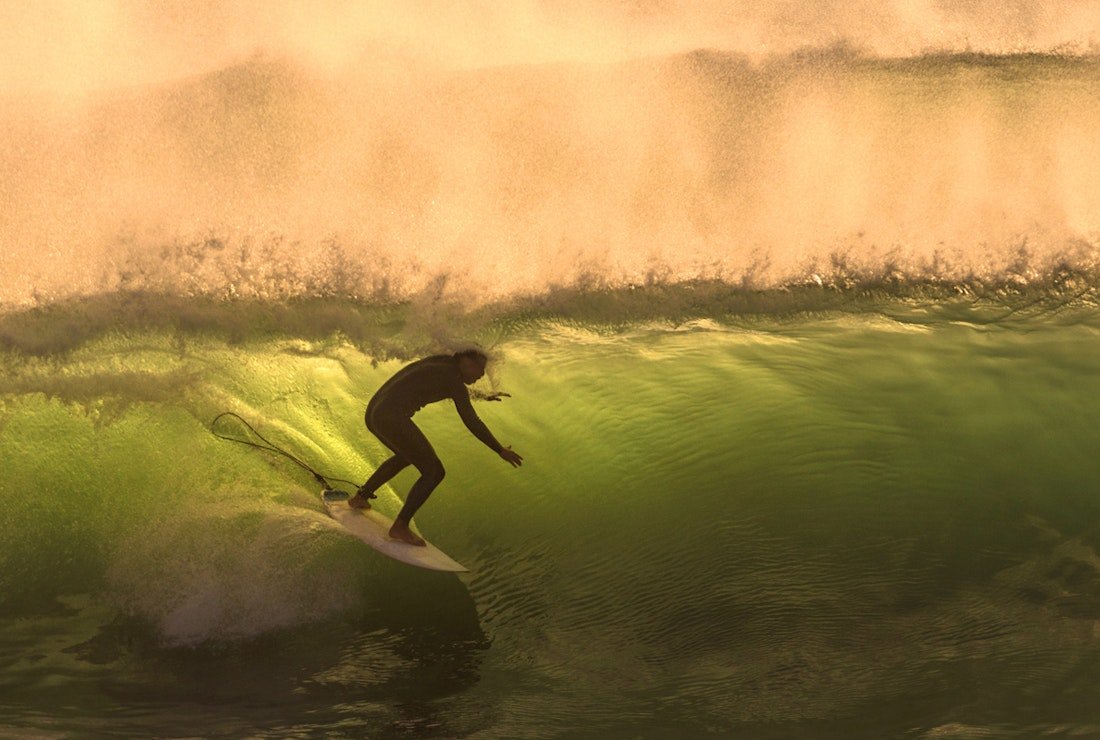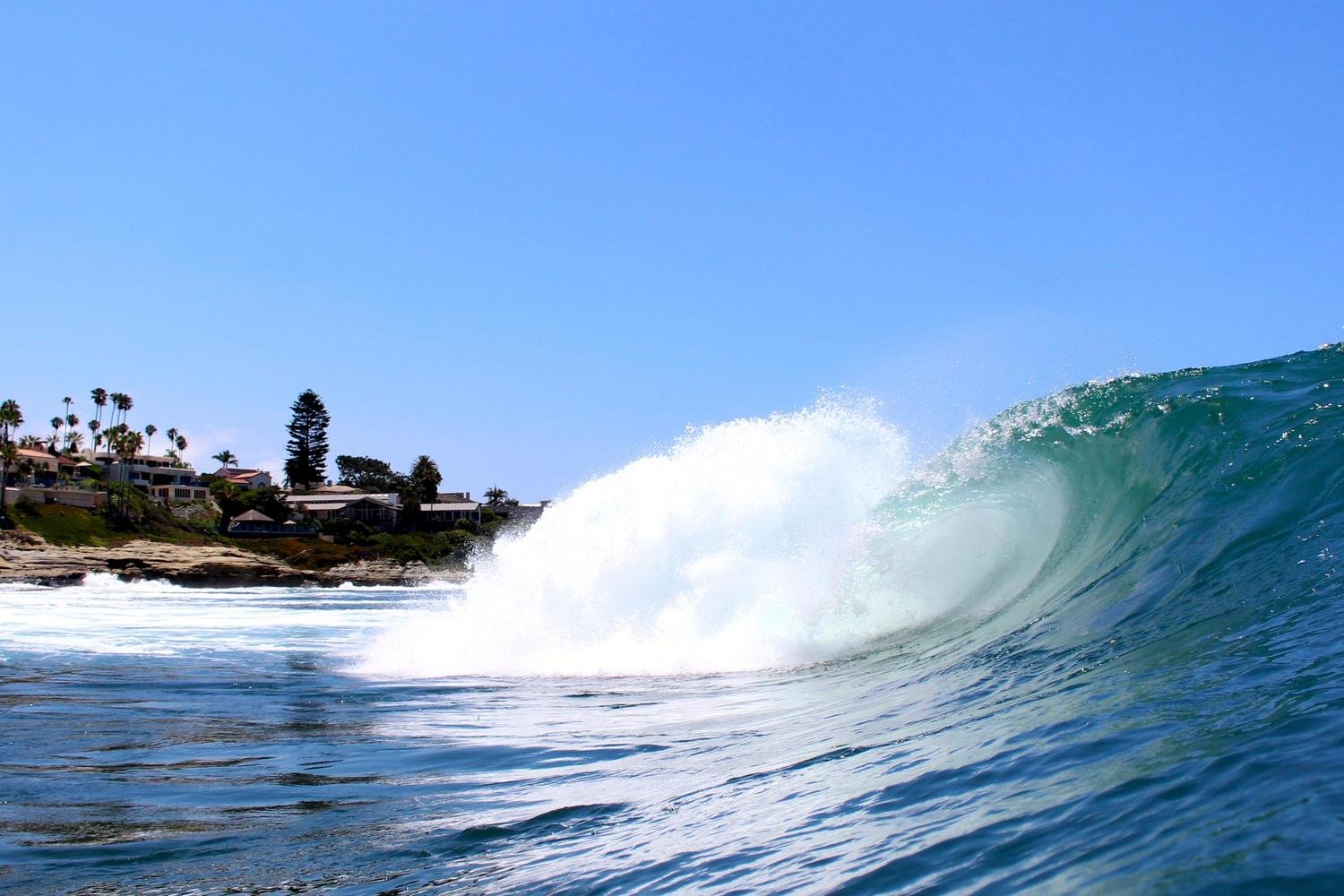Everything You Need to Know About the California Surf Seasons
The West Coast, specifically California, is the center of American surfing. While surfing was born in the Hawaiian Islands thousands of years ago, modern surfing took hold of the Golden State, and surf culture as we know it was born. While California boasts year-round surf, there are distinct surf seasons with their own, individual characteristics. Whether you're planning a surf trip to California or want to enjoy the famous California surf while you visit our Oceanside hotel, we've got the info you need to make sure you score. If you're curious about surfing, continue reading below for Everything You Need to Know about the California Surf Seasons.
California Surfing 101
While California doesn't have the legendary waves of far-flung destinations like Hawaii, it does have consistent surf. If you live anywhere in the Golden State's 840-mile Pacific Coastline, you can find something to surf daily. While the East Coast of the US is sheltered from swell by a continental shelf that extends hundreds of miles offshore, the West Coast of the United States is exposed to powerful groundswells that produce consistent surf. While Southern California does not boast the same power and exposure to large swells as Northern California, it does have an abundance of user-friendly waves and a handful of world-class waves that come to life with a proper swell.
California Surf Seasons
California Winter Surf
Winter is the swell season in California. Starting in late October/ early November, massive winter storms form in the Northern Pacific off the coast of Alaska, forming powerful northwest swells. These long-period swells travel for thousands of miles, organizing into clean, large surf. During the winter, it's easy to surf every day. During proper swell events, every wave on the coast lights up. If you're an avid surfer, pack your shortboard and a step up for winter in California.
California Spring Surf
Spring is a transition season in California, when the large north swells begin to taper, and summer south swells become more frequent. The larger swells become less frequent as the weather and water temps warm up. Still, spring has plenty of waves, and the combination of north and south swells will give visiting surfers plenty of time in the water. Early spring water temperatures are still relatively cold thanks to upwelling, so pack your neoprene. Onshore winds are prevalent in spring, so wake up early for calmer, cleaner surf.
California Summer Surf
Summer in California means it's time to dust off the longboards, fishes, and grovelers. While summer south swells are abundant, much of California's coastline is blocked from receiving south swells, so summer is California's unofficial small wave season. Fortunately, Oceanside is one of the only stretches of coastline in San Diego County that receives south swells. So, when the rest of the waves in San Diego are flat, we still have something to ride.
California Fall Surf
Fall is my favorite time of year to surf in California. The days, for the most part, still feel like summer. The water stays warm until late October/ early November, and north swells start to trickle down the coast. Like spring, fall sees its share of combo swell days, but the conditions are typically much better than those in spring. Fall also has the added bonus of being the start of the school year, so lineup crowds are thinned out, and the average age increases quite a bit.
If you're planning a surf trip to California, our Oceanside hotel should be on your destination list. There's no better place for surfers to stay than the Green Room Hotel. We're just a stone's throw from the most consistent surf in San Diego County and a short drive from famed waves like Blacks Beach and Lower Trestles. For more info on surfing in Oceanside, check out our Oceanside Surf Guide. To book your trip, click here.






